Much of what makes up the beauty industry has a deep-rooted history in today’s world. The habits and techniques we use in our daily beauty routines were often formed by observing our parents when we were young, making our mother, aunt, and grandmother seem like experts in everything beauty.
A treasure trove of timeless beauty wisdom handed down through generations. Today, we explore the special plants, essential oils, and ancient beauty secrets behind the flawless skin of our ancestors. Our article will reveal the secrets behind ancient rituals that still exist today.
Myanmar (Burma) – Thanaka Powder
As far as you can point to something instantly recognizable as Myanmar, it is the thanaka, a cosmetic worn by the ladies and children of Myanmar for generations. Every traveler to Myanmar is amazed that most women have their faces covered in a light yellow paste. It is believed to be natural sun protection for locals, keeping their skin soft and durable under the tropical sun and natural beauty makeup. Burmese have used this natural remedy for more than a thousand years, and t is hardly surprising that the beautiful tradition continues as there are countless benefits for which this remedy is scientifically proven.
Thanaka powder is made from the bark of the jasmine orange tree (Limonia acidissima), an exotic tree native to Southeast Asia. The yellowish powder is created by mixing the ingredient with water and has an aroma similar to sandalwood.
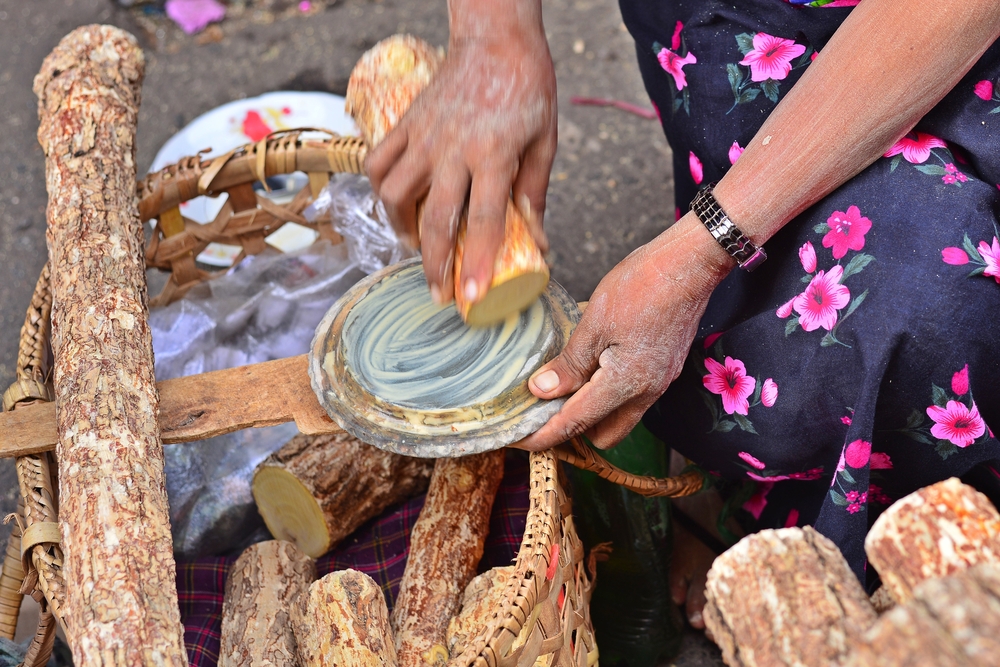
Thanaka is nutrient-dense & rich in Vitamin E, antioxidant, antibacterial & anti-inflammatory – all skin-loving properties! Furthermore, it inhibits tyrosinase activity, producing melanin and discolors the skin. As a result, regular use of thanaka can improve your skin’s complexion.
Currently, Thanaka is also available in pastes and creams for ease of use. However, most Burmese women prefer to follow tradition to ensure purity and preserve beauty traditions.
Tahiti (French Polynesia) – Monoi Oil
Monoi is a Tahitian word for “scented oil.” It is made from coconuts grown on coral soil, harvested when fully mature, and the flower buds of Tiare (Tahitian gardenia). The buds are handpicked, and then they infuse for a minimum of 10 days in coconut oil with a minimum of 10 Tiare flowers per liter of refined coconut oil.
More than 2000 years ago, the Maohis (ancestors of the Polynesians) settled in Polynesia, creating Monoi used by Maohis from birth to death in religious ceremonies. It was used on newborns’ skin to prevent dehydrating during hot weather and cooling down during cooler weather. During embalming, it was used to provide perfume to the deceased’s body and help guide the soul to the afterlife according to their belief .
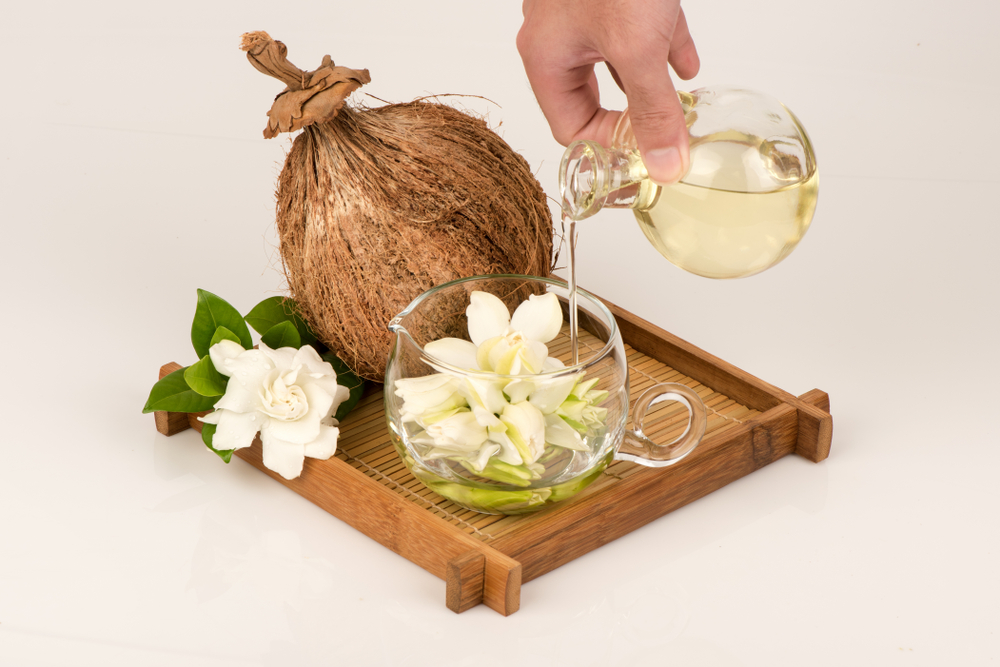
As a symbol of Polynesia, the Tiare flower was also used by women to perfume their hair and decorate their traditional costumes and headdresses. Nowadays, women who desire care, escape, and sunshine highly values this ingredient.
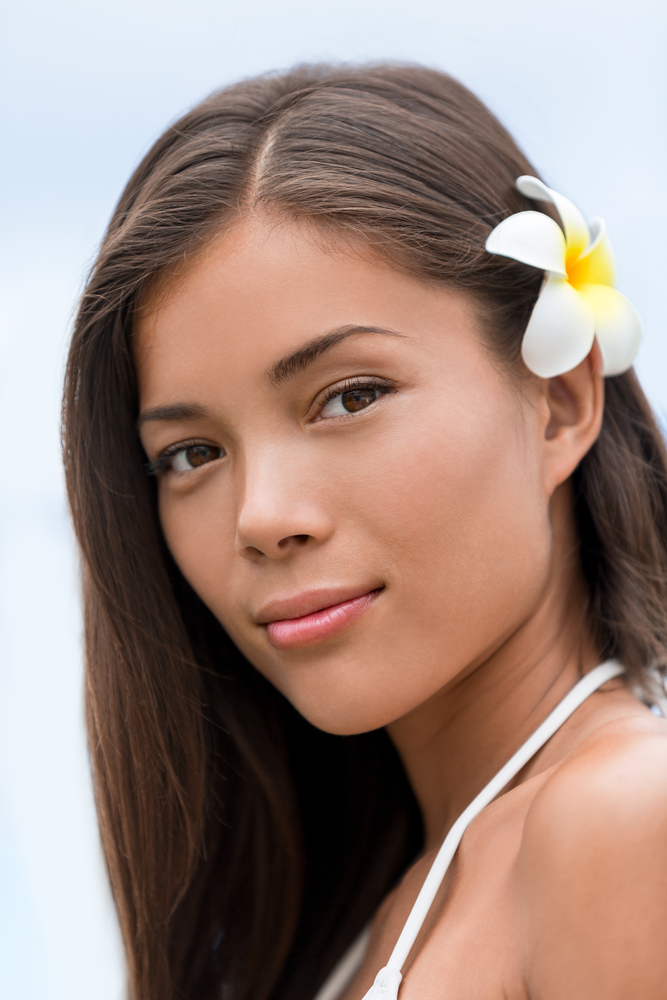
| Searching for love in Polynesia? It is said that the Tiare flower represents love. If you encounter someone wearing it on their right ear one day, that person is single; if it is on the left ear, go on your way! |
Pearl Powder in China
Over 2000 years ago, Chinese women used pearls, or Zhen Zhu meaning “precious ball,” to beautify their skin. Empress Wu Ze Tian (China’s only female emperor) has maintained her youthful beauty by using powdered pearl. She was renowned for having an ‘army of youthful radiance’ even at 65 when she became Empress of China.
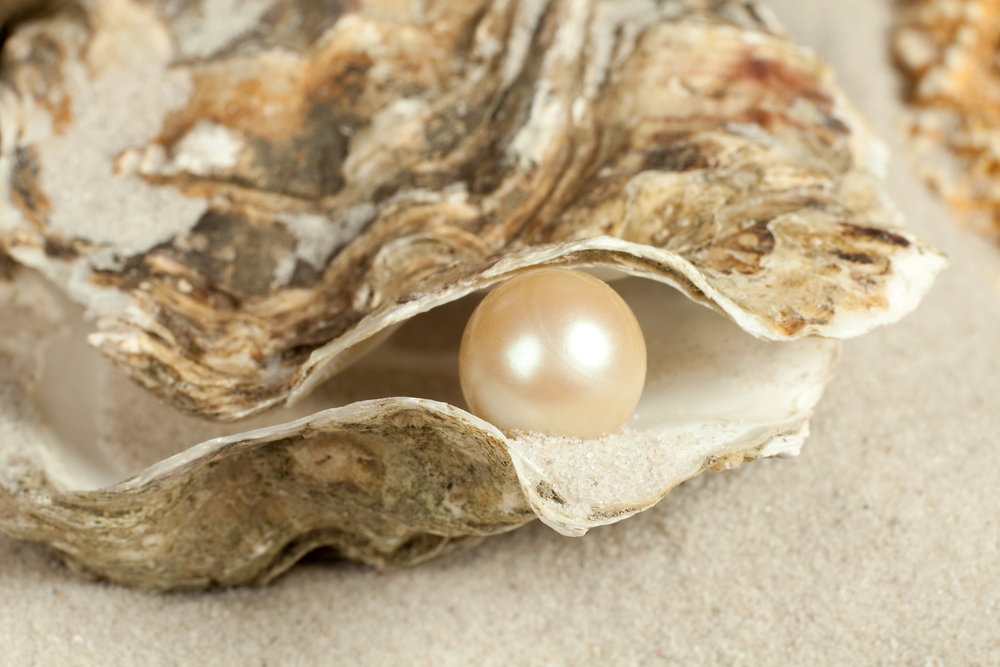
Pearl has traditionally been used to delay signs of aging and achieve smooth, lustrous, and almost pearl-like skin. In China and other Asian countries, pearls are still widely used today. As a powder, it is applied to the skin both topically and as a paste. It can be used as a mask combined with egg white, milk, and honey or a night cream mixed with your preferred serum, oil, or cream.
Researchers found that Pearl powder has beneficial properties for skin and health. Pearl powder also contains trace elements such as magnesium, which helps maintain skin health. The presence of calcium also promotes skin regeneration and moisture. In addition, it is rich in antioxidants .
Turmeric in Southern Asia
Curcuma zedoaria, a type of ginger indigenous to Southeast Asia, makes turmeric powder. Since 6000 years ago, this spice has been used in India as a cooking spice, perfume, dye for textiles, medicine, and even beauty! During the eighth century A.D., turmeric trade spread throughout Asia, including China, and across Africa.
In Ayurvedic medicine (a natural system of medicine, originated in India more than 3,000 years ago), turmeric is used for treating inflammation and beauty rituals. An Ayurvedic secret, turmeric provides radiant skin and energized skin.
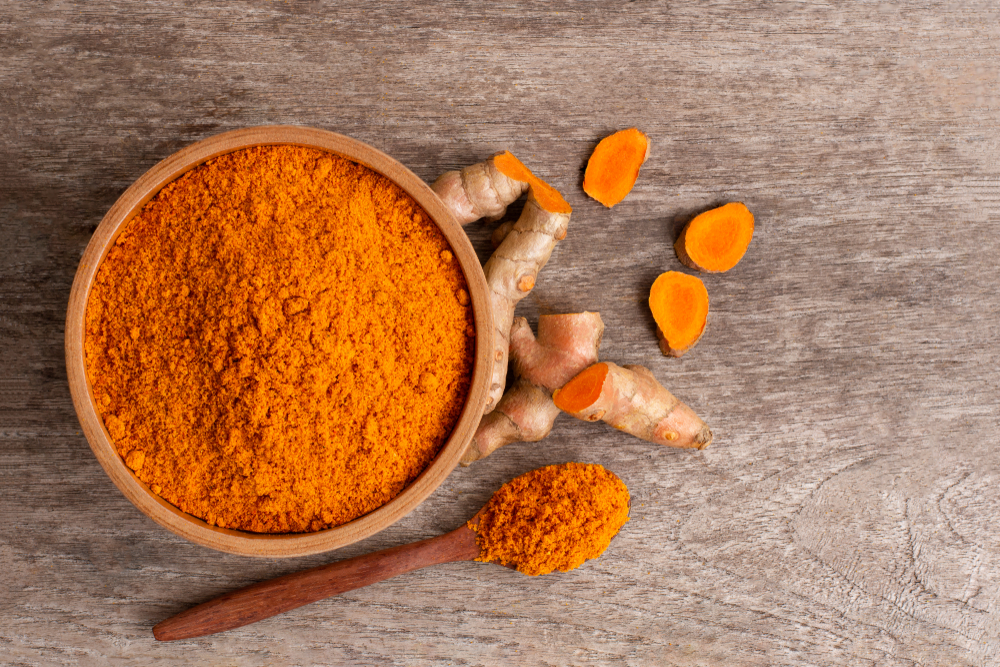
Our fascination with ancient beauty practices never ceases to amaze us. We believe that nature has provided us with the most potent ingredients to beautify our skin and essences that lift and calm our body, mind and spirit – which is why we created TamrHenna Products rich with natural ingredients.
Discover our products and experience the difference!
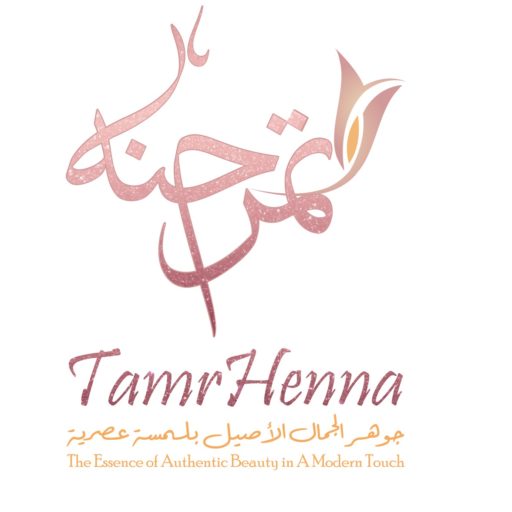
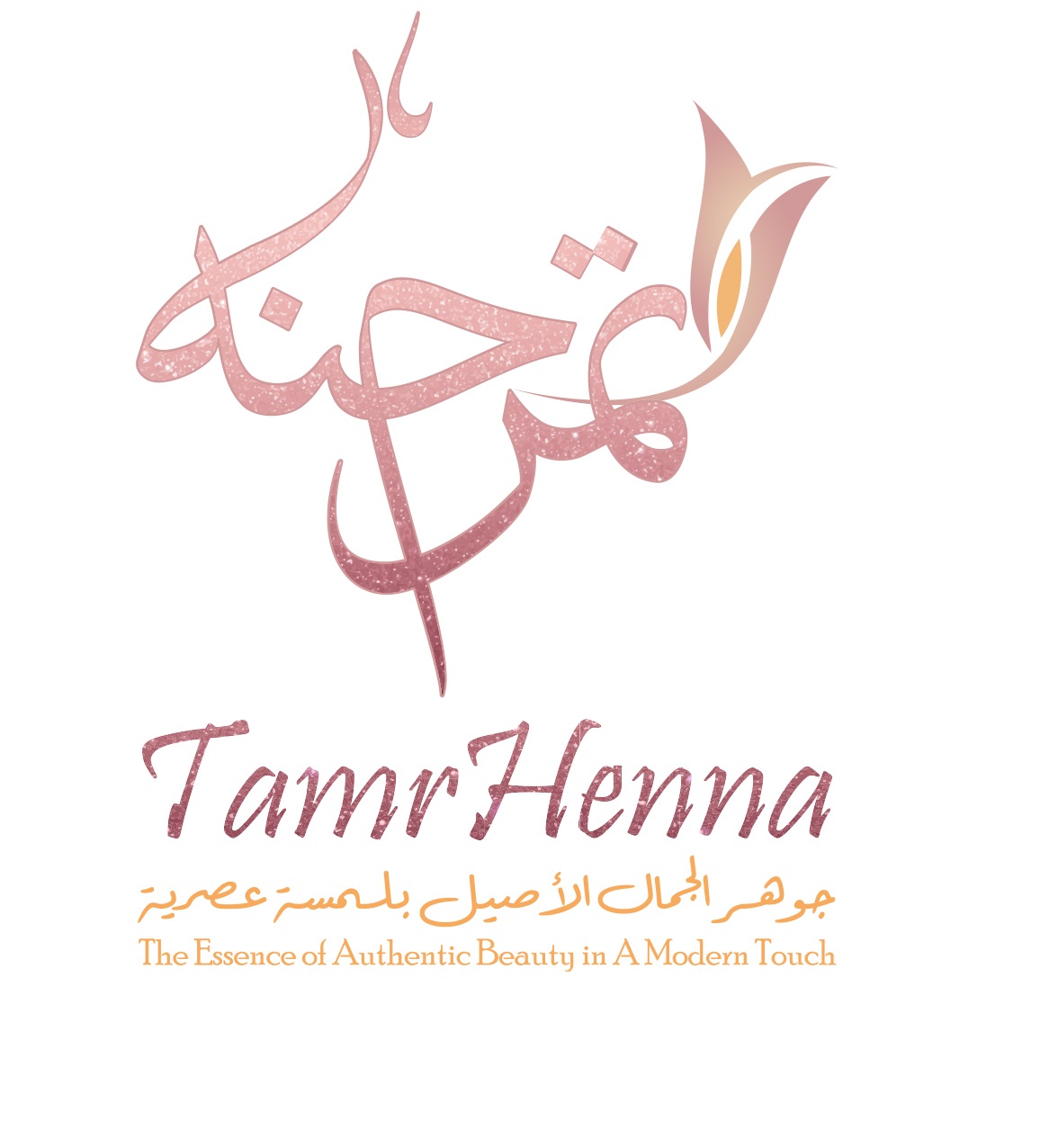
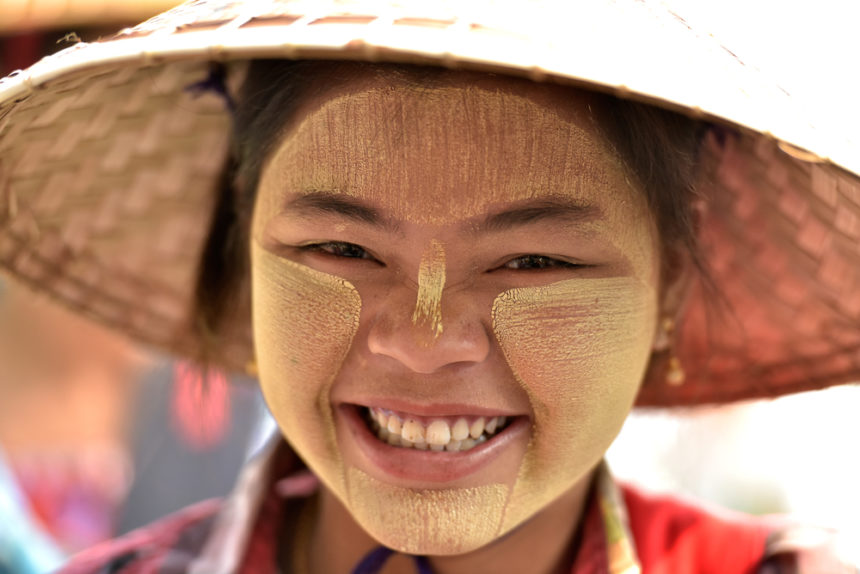
Leave a Reply